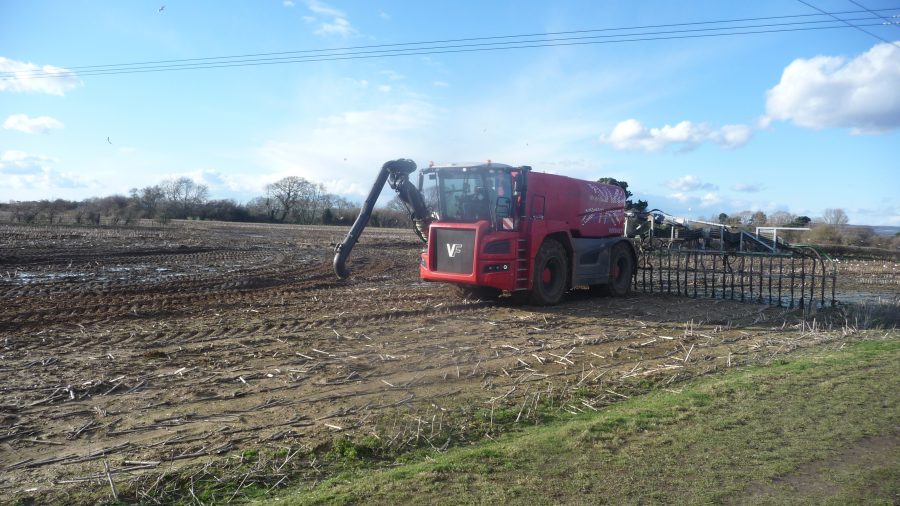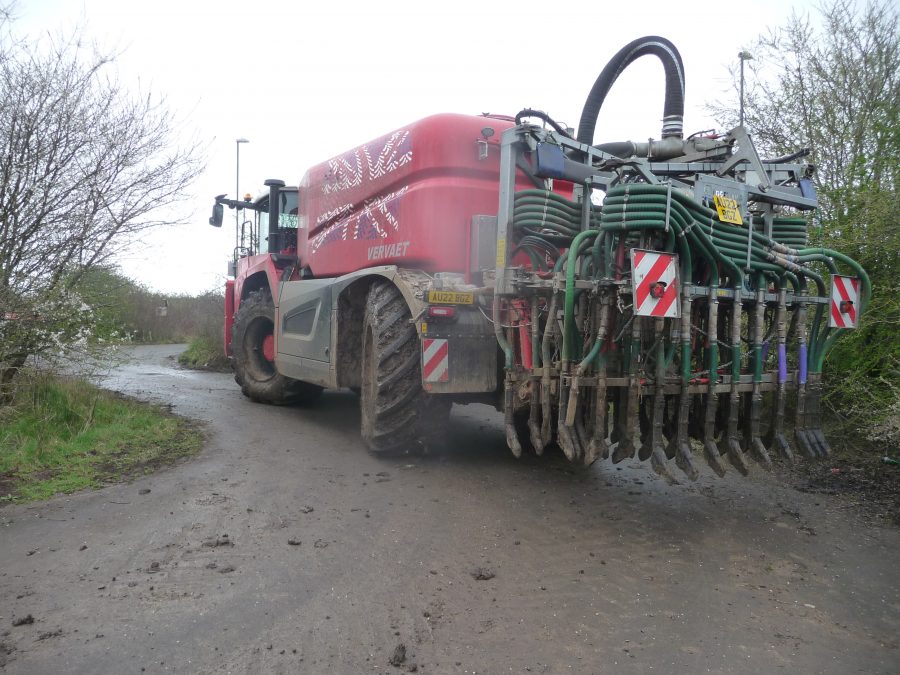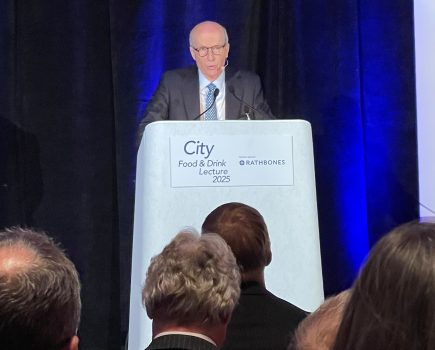After a spring that ‘promised’ early, the season took a long time coming, both on the farms and in the garden.
Cereal crops sown last autumn have generally looked good since emergence and presently promise well. This is more impressive given that many have used mainly organic rather than compound fertiliser, but one imagines there is a limit to the amount of organic digestate available. There are, certainly, increasing quantities of the stuff from the large AD plants, but the knock-on problem could be the cost of spreading equipment which, from what I have seen, will put pressure on farm budgets and, indeed, contractors, as well as on access to fields, given the size of many farm gates. As we had cows until six years ago, we still have several 10ft gates, mainly left for security.
I now return to a subject which, I am aware, splits views, perhaps depending on where and on what land farmers farm. I refer to the state of our rivers, ditches, and inevitably, the condition of the adjoining land.
We are holding a meeting with a group of neighbours to have a face-to-face meeting with the bodies mainly responsible for these problems, the Environment Agency and Southern Water. We are also including the local council, whose involvement is somewhat secondary, and will consist of farmers and landowners plus our local MP Nick Gibb. The main difference is that it will be chaired by William White, the regional director of the NFU South East who, we hope, will add a lot more clout than we have as a small group of farmers.
Our problem is the amount of once good arable land rendered useless for cropping due to various degrees of flooding, estimated to cover at least 400 acres in our adjoining parishes. The main cause is the lack of waterway maintenance since the mid 1990s, which restricts flow to the sea for weeks on end, coupled with the discharge of raw untreated sewage from a local sewage works which is pushed back upstream in flood conditions and covers fields and leisure facilities, like a popular golf course, with a film of slime, which is, basically s***.
These two parties, particularly the EA, are to blame but are inclined to blame everyone else, while not accepting any responsibility themselves. They blame each other, they blame farmers, they blame landowners and householders for failing to maintain their own frontages. Or else it’s “the local conditions” or “inadequate government funding”. Never their own shortcomings.
What they ignore is that without clearance and maintenance of the rifes, the only outlet into the English Channel is one small, clogged up, tidal outfall to the Channel near Bognor. An outfall from some five major converged rifes/rivers which drain some 6,000 to 7,000 acres and far more new houses than this tiny single outfall was hand dug to cope with back in the 1400s and 1500s. Yet when any of these points are mentioned, it appears the only thing the EA seems able to imply is that “the water is best left to flood the (once top grade) farmland rather than the nearby town and houses”.
The meeting will be interesting. It would be exaggerating to say we expect it to reach a satisfactory conclusion, because we have run these meetings now for some four years and nothing has improved. Promises, excuses, but still the area suffers serious flooding of this potentially very productive land, land that will grow four tons of wheat an acre. Our land is now rendered virtually worthless, through no fault of our own.
As for the golfers who struggle around the course (when it’s fit enough to play at all) the important thing for them to remember is written on the clubhouse noticeboards: “Please beware, don’t lick your (golf) ball on the green.” It is a disgusting situation to have to live with, and yet as a ‘wartime baby’ I remember in my earlier years when the rifes were cleaned out properly every year or so by the various competent authorities so they flowed well, with plenty of wildlife including little grebe, coots galore and even trout for a number of years, imported by local fishermen/farmers.
Now one hardly sees a heron there because there is nothing to catch in the water. Back then there was a full balance of creatures and farmland that would grow those excellent crops of wheat. Now there is nothing of any real value, except a golf course where even ‘licking your balls’ is a mighty risk.
This has rather occupied minds, but the farms still need much effort. The maize on the home farm has been growing well despite varied conditions. It is now dependent on liquid digestate, some ploughed in and some trickled in and slit seeded, so it’s going to be interesting to see how the two compare.
On the hill farm the vineyard appears to be establishing well, with the second harvest now due in some four months and looking promising. The tenant has installed a complete winery, press, bottling and storage plant in what, until five years ago was a store for some 1,000 bales of bedding straw for cows and young stock.

Dutch four-wheel steer Vervaet Quad with 24m boom working in April on last year’s maize stubble. Trickling it rather than injecting it and ploughed in straight behind

Leaving the farm through a twelve-foot gate
For more like this, sign up for the FREE South East Farmer e-newsletter here and receive all the latest farming news, reviews and insight straight to your inbox.






